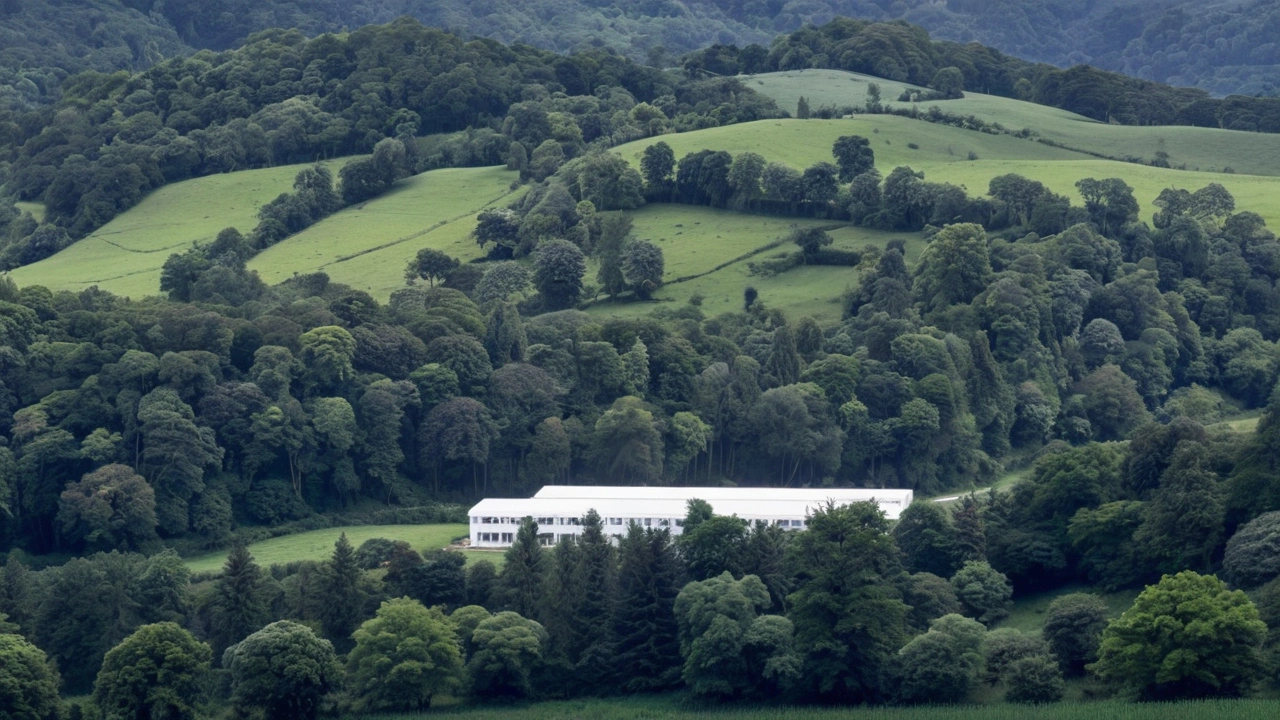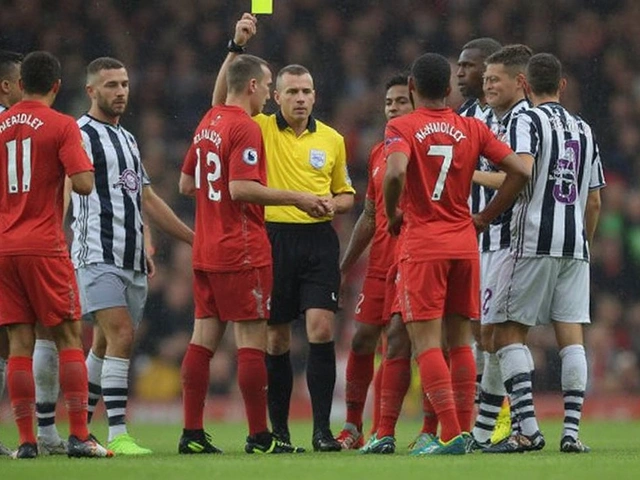Buffalo watershed: what matters now
Do you know where the water in your tap begins its journey? For people living around the Buffalo watershed, that journey matters for drinking water, farming, and flood safety. The Buffalo watershed is more than a river — it's a system of streams, wetlands and lands that feed the main channel. What happens on those lands shows up in the water.
Key threats and why they matter
Pollution arrives from many small sources. Runoff from farms carries fertilizer and sediment. Urban streets send oil, trash and heavy metals. When streams fill with sediment and chemicals, fish die off and drinking water costs rise. Loss of natural vegetation near rivers makes floods larger and faster. Climate shifts mean heavier rain events and longer dry spells. That combination raises flood risk and strains water supplies.
Flooding is not only an environmental problem. It damages homes, roads and crops. It also hits poorer communities hardest. Simple fixes often get overlooked until it's too late — restoring wetlands or planting trees upstream can slow water down and lower flood peaks.
Practical steps people and local groups can take
You don’t need to be an expert to help. Here are concrete actions that work: install rain barrels to reduce runoff from roofs; create a small rain garden to catch stormwater; switch to native plants in yards to hold soil and support wildlife; reduce or time fertilizer use to cut nutrient runoff; and support riparian buffer projects that replant riverbanks.
Communities can organize river cleanups, water quality monitoring, and neighborhood workshops. Local councils can tighten rules on construction near waterways and promote low-impact development. NGOs and citizen scientists can run affordable testing for turbidity, nitrates and E. coli — data that helps target fixes and track progress.
If you want to stay informed, follow local watershed groups, check municipal flood maps, and read regular water-quality reports from your water utility or environmental agency. Spotting changes early — murky water after a storm, fish kills, or new erosion — gives you a stronger voice when you call for action.
Want to get involved today? Join a local cleanup, ask your council about planting riparian buffers, or switch one lawn area to native plants. Small changes add up across a whole watershed.
On Continental Scout Daily, the Buffalo watershed tag brings news and practical guides about these issues. Expect reporting on flooding, conservation projects, water policy and local community efforts. If you care about the river that supplies your town, this tag is where to find the latest updates and ways to help.
An ecology panel has approved rule changes that establish a permanent ban on swine farm permits in the Buffalo watershed. The decision, made on July 27, 2024, aims to safeguard the environment and promote sustainability in the region.
Recent-posts
May, 26 2025
Jun, 24 2024
Oct, 25 2024






